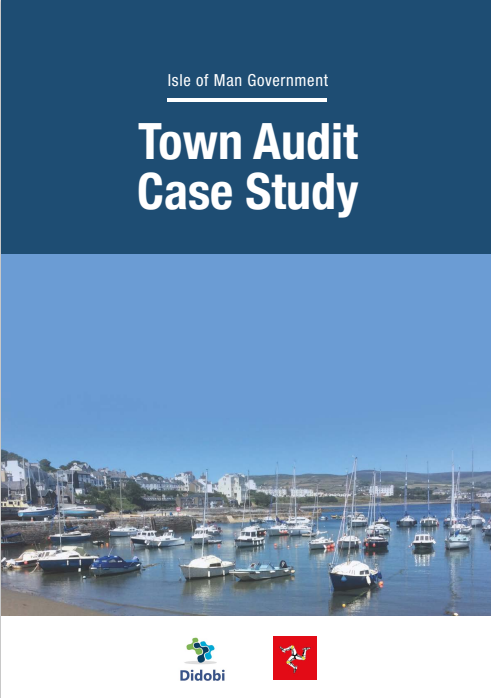Opportunity knocks but at what price?
So the Christmas trading results are now behind us with the last two Poundland (sales +12%) and WH Smith (sales -4%) showing the variance in sales performance during the Christmas period. That said WH Smith has still managed to keep costs down and remain profitable! Off the back of these results and the drop in unemployment there is upbeat talk of a recovery, especially pre any interest rate rise, which has lead to talk of retailer IPOs which is something we have not heard talked about for a long time. Some of the names mentioned include Poundland, Pets at Home, McColl’s, Card Factory, Game Group and Fat Face.
But what of the consumer? So more people are in work but is this full time work and is it minimum wage? Mortgage approvals were up in December, which many see as green shoots, which may quickly die if interest rates rise once unemployment falls below the magic 7%. Mr. Carney gave many some hope that this will not happen with his speech in Davos and how right he is to be ahead of target and have the luxury to decide on when the time is right. For the last five years the Bank of England has had to react to economic woes and now it has the opportunity to guide economic recovery. The interest rate issue is fundamental in my view as any increase, no matter how small, will instantly kill off consumer spend and in turn hit retailers and high streets up and down the country. In December consumers spent £8.1 billion on credit cards but made £8.2 billion in payments. For the previous 6 months the reverse was true so this is a sure sign of consumer confidence. We have even seen petrol and energy costs decrease slightly. House prices are rising, significantly in London, but we need to be careful on this measure as for many the rise required to take them back into positive equity is a long long way off. Many would argue that at a local level building more houses and therefore increasing the stock in an area will make this worse especially if they have higher energy efficiency ratings and thus lower total occupancy cost.
As with everything it comes back again to locations and this week I have been looking at the 2011, 2012 and 2013 vacancy rates of thousands of towns, shopping centres and retail parks. All will be revealed on the 10th February at our 9th Retail Summit in London suffice to say that terminology such as polarization and ‘the good, the bad and the ugly’ come to mind.
So when we talk of recovery, be it retailers, consumers or places then we need to be clear as to exactly who, where and what we are referring to. If you are a major supermarket you have many issues to deal with and Sainsbury’s convenience offer overtaking mainline stores is no surprise but what of Morrison’s and Asda who are late to the party? Is a retailer’s life dependent on its supply chain be it for bricks or clicks or is it more about community and if so what does community mean for a commercial organization. Technology is enabling consumers (and retailers) more and more but data is at the heart of everything but what data is your ‘community’ happy for you to have but most importantly use or even more controversial sell on? Big data = big issues and whilst consumers are social animals we are not social all the time and may wish to retreat to our caves when and where we want. Will we be allowed to if commercial organisations know more about us than our wives and mothers?






Leave a comment: